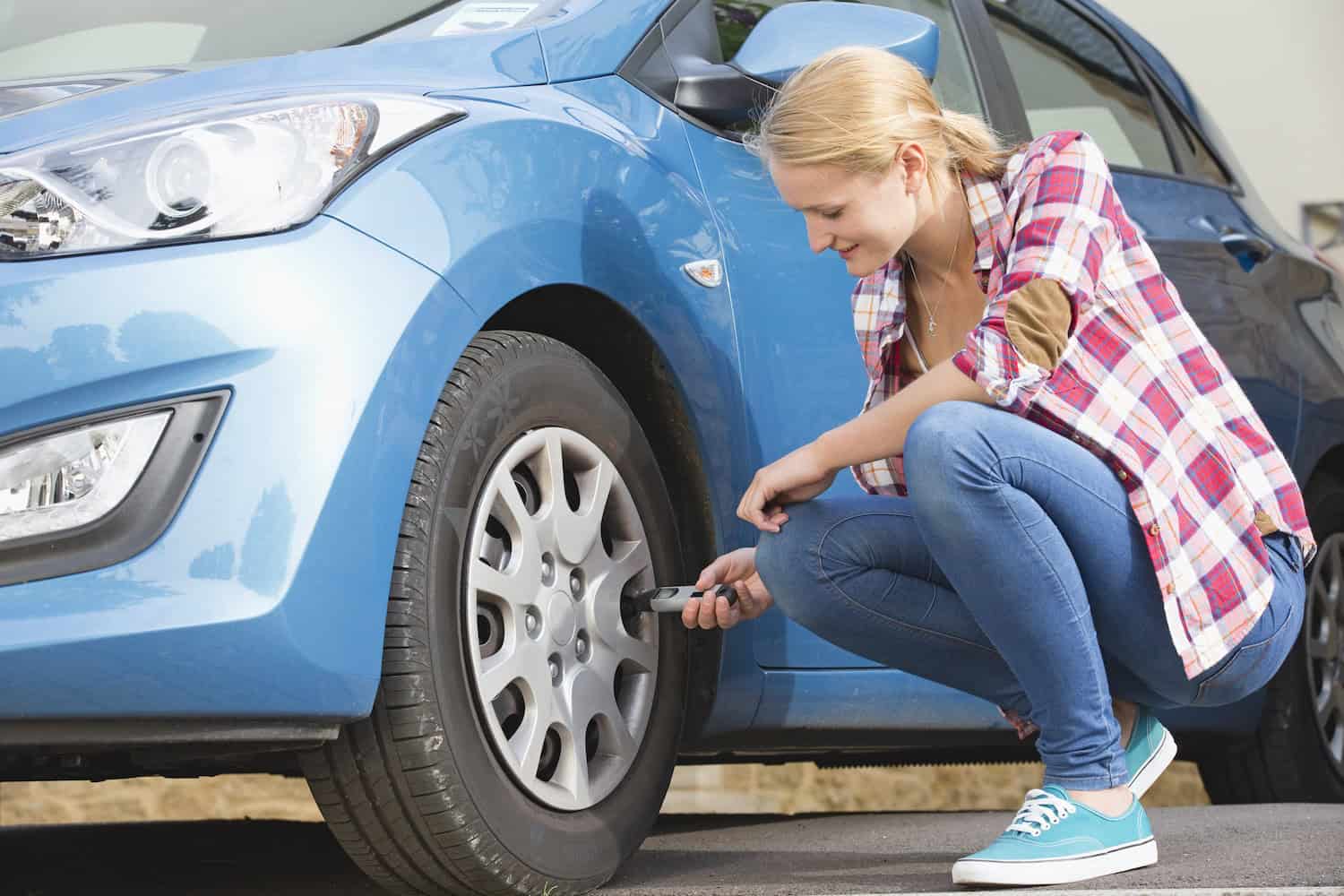Embarking on a long road trip can be an exhilarating experience, but it also comes with a crucial responsibility: ensuring your vehicle is in top-notch condition for a safe journey. Vehicle maintenance is not just a matter of convenience; it’s a matter of safety. Regular upkeep can prevent breakdowns and accidents, making your trip enjoyable and worry-free. In this article, we will delve into the importance of vehicle maintenance before a long road trip, providing a comprehensive guide to checking various components and sharing a compelling case study that underscores the significance of proper vehicle care.
The Importance of Vehicle Maintenance
Performing regular maintenance on your vehicle is essential for several reasons. Firstly, it enhances driving safety by minimizing the risk of mechanical failures that could lead to accidents. Secondly, maintaining your vehicle optimizes fuel efficiency, saving you money during your trip. Lastly, it prolongs the lifespan of your car, preserving its resale value and reducing long-term expenses.
A Step-by-Step Guide to Pre-Trip Vehicle Maintenance Checks
- Fluid Levels: Check and top up engine oil, coolant, brake fluid, power steering fluid, and windshield washer fluid. Low levels can lead to engine overheating and other complications.
- Tires: Inspect tire pressure, tread depth, and overall condition. Under-inflated or damaged tires can jeopardize your vehicle’s stability and fuel efficiency.
- Brakes: Ensure your brakes are responsive and not making unusual noises. Worn-out brake pads can impede your ability to stop quickly in emergencies.
- Lights: Verify that all exterior lights, including headlights, taillights, turn signals, and brake lights, are working correctly. Proper visibility is crucial for safe driving.
- Battery: Examine the battery terminals for corrosion and ensure it’s holding a charge. A faulty battery can leave you stranded during your trip.
- Air Conditioning: Test your AC system to ensure it’s functioning properly, especially if you’re traveling in hot weather.
- Belts and Hoses: Check for any signs of wear or damage. Broken belts or hoses can cause engine failure and extensive damage.
- Wipers: Inspect windshield wipers for signs of wear and replace them if necessary. Good visibility during adverse weather conditions is vital for safe driving.
Case Study: The Power of Regular Vehicle Upkeep
John and Sarah, a young couple, were eagerly looking forward to their cross-country road trip. Excitement turned to dismay when their car’s engine overheated midway through the journey. The breakdown caused them costly repairs and significant delays. Upon investigation, they discovered that poor vehicle maintenance was the culprit behind the breakdown. Since then, John and Sarah have become staunch advocates of regular vehicle upkeep. They realized that spending a little time and money on maintenance checks before their trip could have saved them from the hassles and expenses they encountered.
According to the National Highway Traffic Safety Administration (NHTSA), the failure to perform proper vehicle maintenance is a contributing factor in nearly 5% of all road accidents in the United States. Regular maintenance can significantly reduce the risk of accidents caused by mechanical failures and improve overall road safety.
As an everyday driver seeking to improve driving safety, it is vital to prioritize vehicle maintenance before embarking on a long road trip. Regular upkeep not only ensures a smooth and enjoyable journey but also plays a pivotal role in safeguarding your life and the lives of others on the road. By following our comprehensive guide and considering the eye-opening case study, you will be well-equipped to maintain your vehicle’s peak performance and make your next road trip an unforgettable adventure, free from unnecessary worries and unexpected breakdowns. Remember, a well-maintained vehicle is a safer vehicle. Happy travels!





